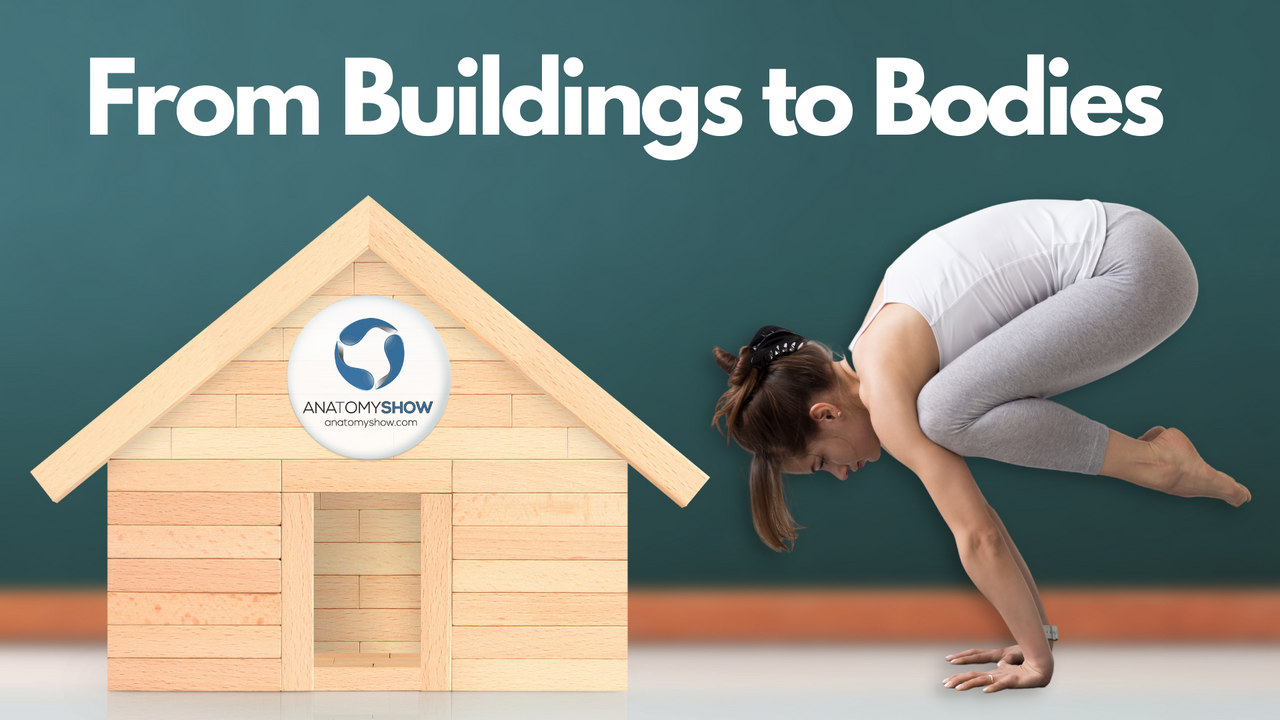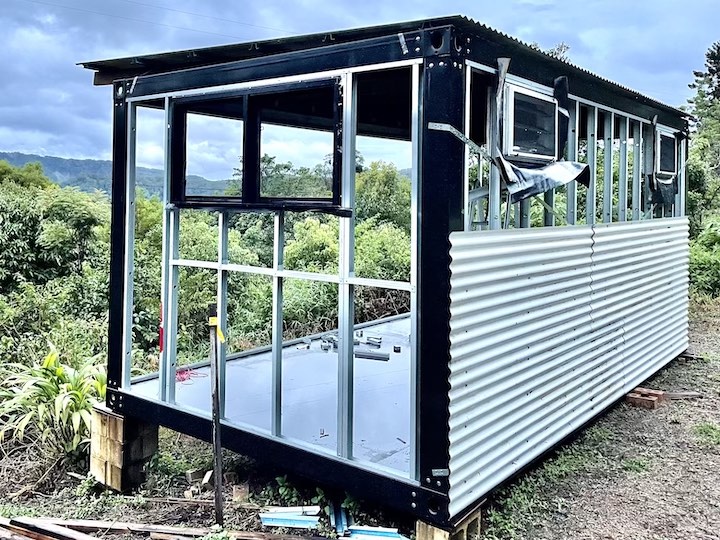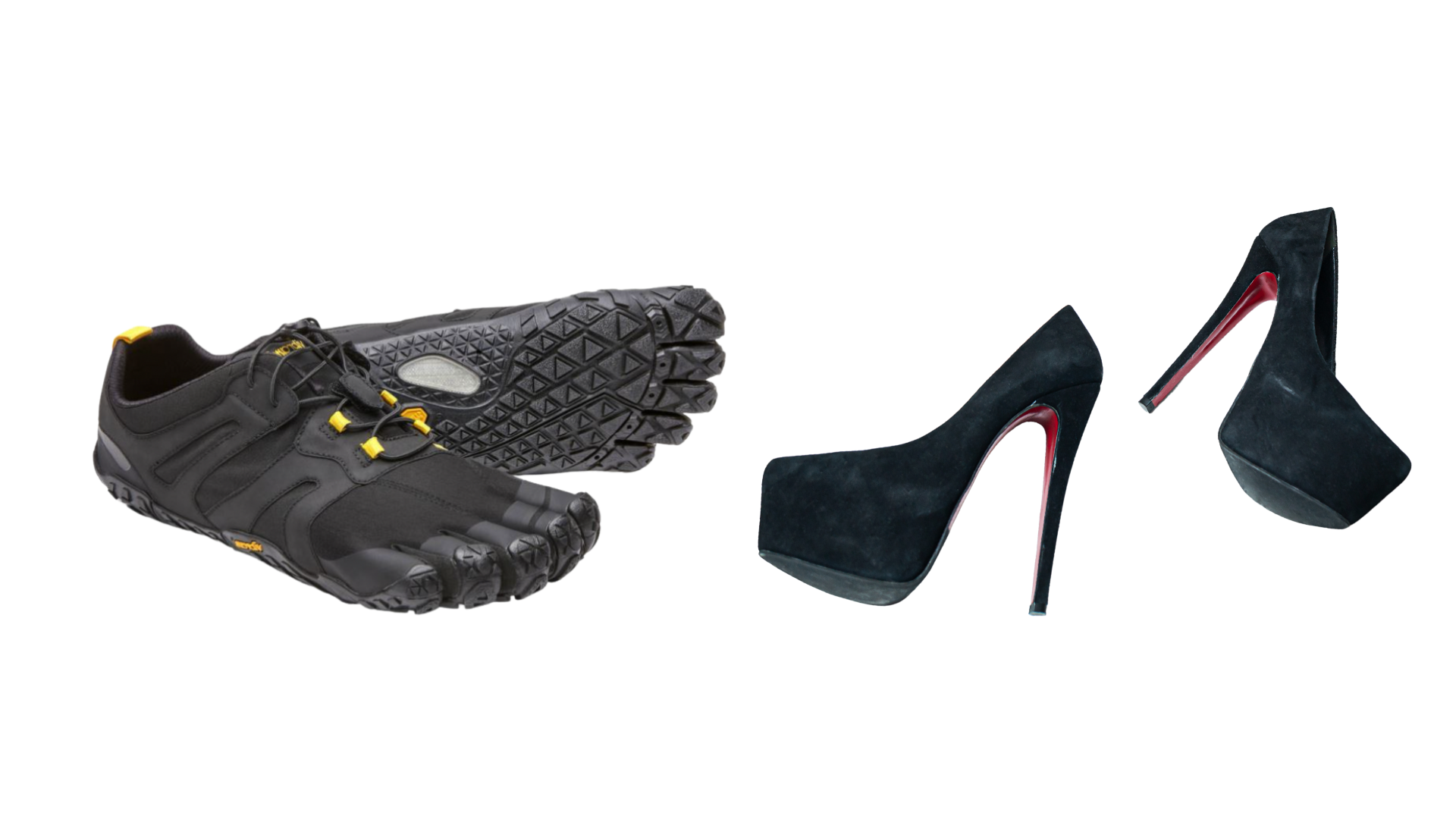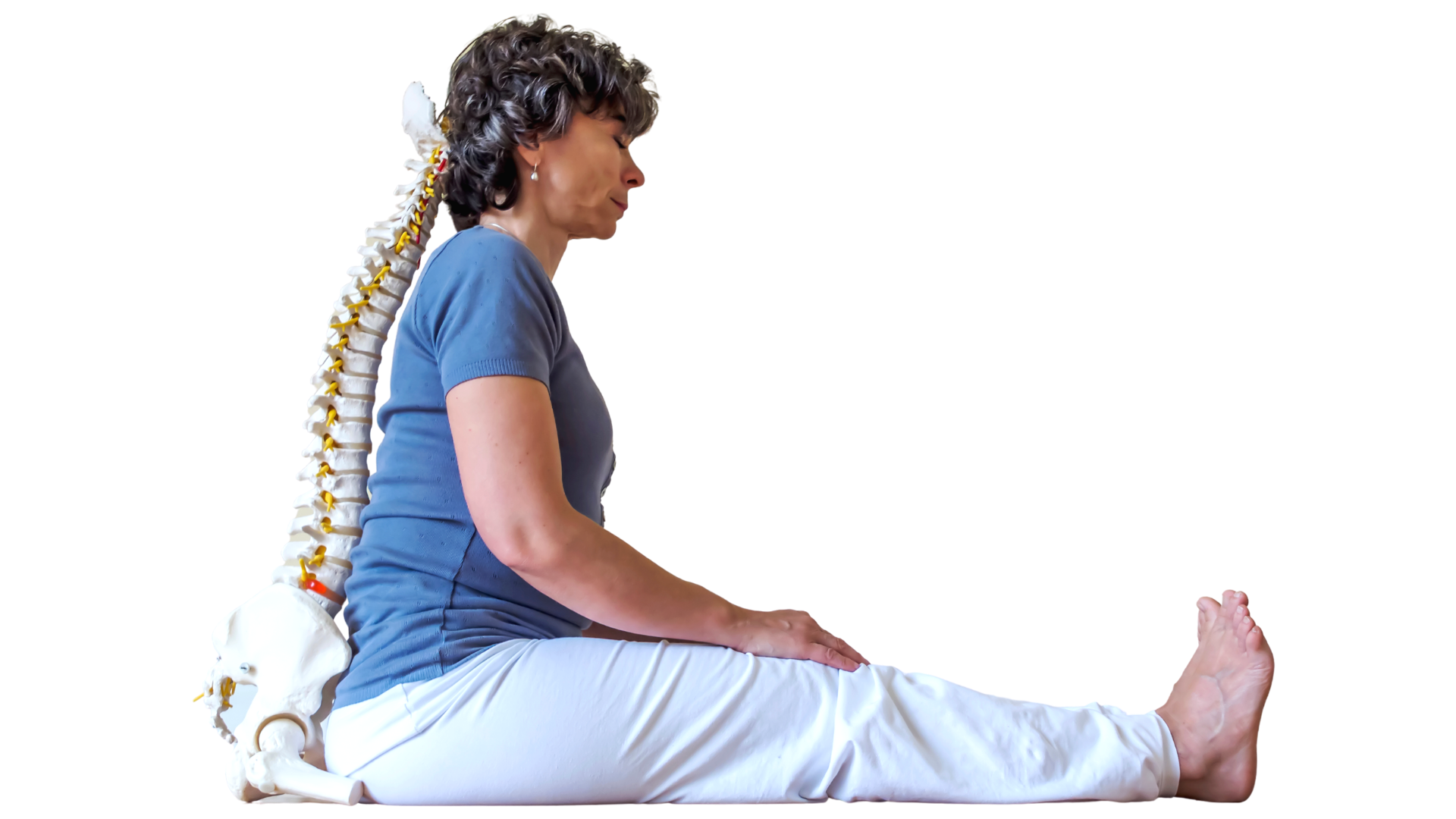
From Buildings to Bodies
Jan 21, 2022There is an interesting and very important difference between living and man-made structures.
While it may seem obvious, some of these differences are still neglected today when movement and postures are considered, as for example, in modern yoga teaching.
Right now, I’m building a little cabin / tiny home style while also teaching movement, movement anatomy and am giving postural treatments.
On a daily basis it is evident to me that what is necessary for a building would be detrimental for a body. And vice versa.

A body is designed to move, to adapt, to feel. A moving building would be disastrous for the fixed elements, such a window glass, integrated into the buildings structure.
Passive movement, especially in very tall buildings can still be substantial, but is completely different to a body that can generate the movement itself.
Yet, we hear references in yoga posture classes to buildings, foundations and straight lines.
Architecturally, a building needs a level foundation and structurally supporting walls. Even small variations in angles would make fitting a door or window impossible.
By comparison, a level surface is not required for a body to be upright. Think of all the different footwear choices. From barefoot styles to the multitude of heel heights and shapes.

In fact, balance is all about active adaptation to changing body positions relative to a surface.
In short we can so far summarize the main structural attributes of buildings and bodies as follows:
Buildings: stability
Bodies: mobility
A body that is overly stable is referred to as a ‘stiff’ body, or considered ‘getting old’.
Similarly, a building that turns overly mobile, might be considered dilapidated or ‘getting old’ as well.
But here’s the thing: For both buildings and bodies it is not entirely an either / or (stability or mobility) affair.
Buildings do move by heat cold expansion or contraction. They respond to damp and dry variations again with expansions and contractions. Additionally, to a point, buildings permit wind and ground movements.
Too much rigidity makes a building crumble, Similarly, too little stability does as well. Stability remains the dominant quality of buildings.
In the little cabin I’m building, I’m adding steel cross braces along the sides and the roof to limit the amount of movement in the frame during high wind situations. The only easy movement in the cabin structure will be the opening and closing of doors and windows.
But what about our bodies?
Just yawning and getting out of bed requires substantially more movement than what we’d ever like to see in our house or apartment.
Conversely, most of us would be aware that standing or even sitting still with good posture for any length of time requires real effort.
Stability is trainable for a body, yet it is not an inherent quality. In fact, when we don’t move enough, our bodies gradually lose mobility, or one could say, add stability.
Unfortunately, that in most cases is neither stability in a good posture or actually leads to enhancement of performing daily tasks.
That brings us to the central question of our consideration here. Why do we still and in general use architecturally derived instructions and positioning cues when teaching movement and postures?
Why do we talk about ‘stacking bones’ or ‘stacking joints’?, Or straightening the spine? Or keeping right angles between body parts?
All these instructions could possibly serve as general references to achieving a particular shape, but they are not compatible with the healthy structure and function of our body.
We are not a building and can maintain our structure whether we are vertical or horizontal, on level ground or floating.

I’m sure you realized by now there must be a fundamental difference in the composition of buildings and bodies. This fundamental difference starts right from the ground and continues all the way up to the head. I’m speaking structurally now. There is a further rabbit hole to explore when we look at the differences between growing a person and building a building from parts.
Starting in the feet, the more solid building blocks (the tarsal, metatarsal and phalangeal bones) are surprisingly not placed on the ground. They are held off the ground in what are termed the ‘Arches of the feet'.
Another example further up in the the body are yet more arches: The back arches or spinal curves.These spinal curves produce and maintain the dynamic balance of the spine. A straight spine would not be comfortable. The spinal curves themselves serve as protective structures, core of the body and movement guides.

The living body is not determined in its structure and function by its solid 'building blocks’, but by the encompassing softer tissues. This includes the strength and development of muscles and fascia (including tendons and ligaments).
The traditional association of the skeleton symbolizing anatomies actually quite misleading. Bone proportions can overall create our body shape, however, bones themselves do not hold or support any structure other than the individual bones structure themselves. Skeletons look like a skeleton, because of the additional wires and screws holding the bones in that particular placement.
In a building, each brick or beam is in a direct (and mostly weight bearing) connection to the brick or beam below or above.
This is not quite the case in the body. Bones do not directly touch each other, neither are they fixed.
A joint in a building indicates a fixed angle connection , whereas a joint in the body indicates mobility across various angles.
Where do these differences leave us when it comes to our movement practice?
We are build for movement, we practice stability.
Other words that can be substituted for stability are strength or control.
In the moving body strength / control / stability depend on the active use of muscles.
Muscles are different from, yet are completely interwoven with, the fibrous connective tissue - the fascia.
Muscles can generate tension, that is by engaging, or some people my call it ‘flexing a muscle’. Muscle action increases tension in the fascia because of the inseparably interwoven nature of these two tissues.
With this muscle generated strength we can direct tension / pull, that acts like adjustable, adaptable cross bracing around the mobile areas of the body for added stability.
The result could be a lifted arm that holds out coffee cup, or a stabilized lower back allowing us to lift a weighty object off the floor.
Make your movement practice about refinement of muscle use and coordination. Practising like this eliminates unnecessary energy expenditure, removes internal resistance, prevents over engaging, while creating more smooth and precise actions.
Learn more about how to find and when and where to use your muscles and fascia for your movement practice with one of the AnatomyShow courses.
www.AnatomyShow.com/online-courses
Don't miss what's happening!
New posts, education, and movement ideas delivered to your inbox.
We hate SPAM. We will never sell your information, for any reason.

